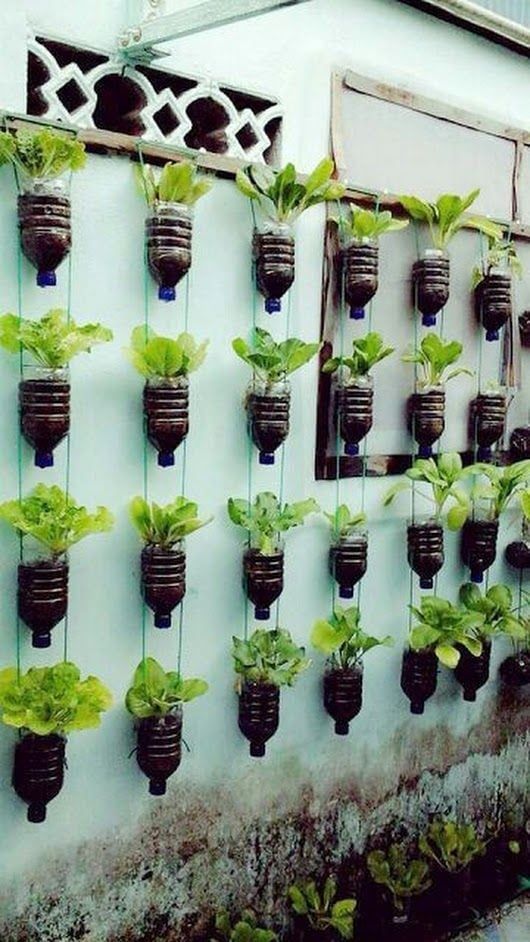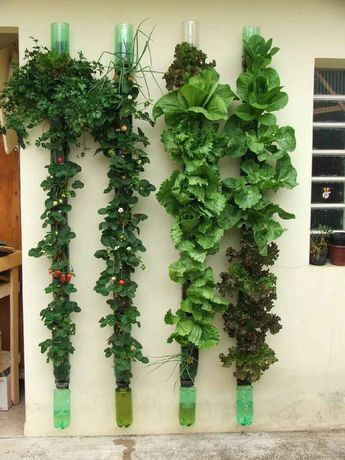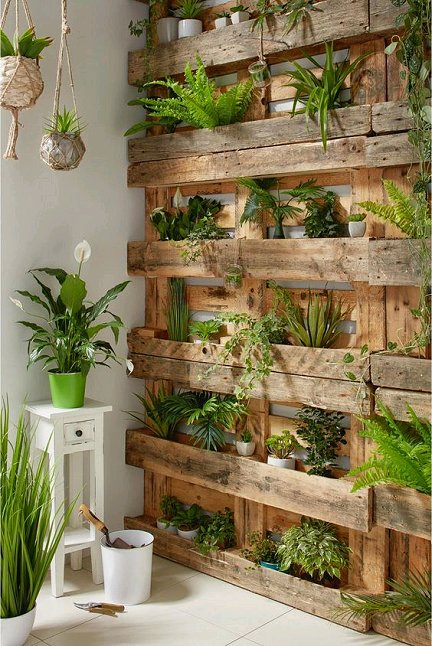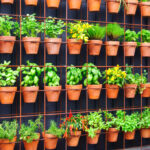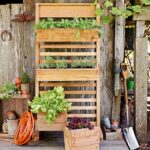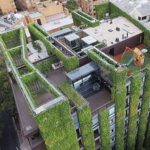Vertical gardening is a unique and innovative way to maximize limited space for growing plants. By utilizing vertical structures such as walls, fences, or trellises, gardeners are able to grow a variety of plants in a vertical direction rather than spreading out horizontally. This method of gardening is particularly popular in urban areas where outdoor space is limited, but can also be used in larger gardens to create a visually stunning and space-efficient display.
One of the main advantages of vertical gardening is its ability to save space. By growing plants vertically, gardeners can make use of vertical structures that may have otherwise gone unused. This is especially beneficial for those with small outdoor spaces or balcony gardens, as it allows them to grow a wider variety of plants in a limited space. Additionally, vertical gardening can also help to create a more organized and aesthetically pleasing garden design.
Vertical gardening also has practical benefits beyond space-saving. By growing plants vertically, gardeners can reduce the need for bending or kneeling to tend to their plants, making it a more accessible gardening method for those with physical limitations. Vertical gardening can also help to protect plants from pests and diseases, as the height of the plants can make them less accessible to ground-dwelling pests. This can result in healthier plants and higher yields.
There are a variety of plants that are well-suited for vertical gardening, including climbing vines, herbs, strawberries, and even vegetables such as tomatoes and peppers. These plants can be trained to grow upwards using various methods such as trellises, stakes, or vertical planters. Some vertical gardening systems also incorporate hydroponics or aeroponics, allowing for plants to be grown without soil and with minimal water usage.
In addition to its practical benefits, vertical gardening can also have environmental benefits. By utilizing vertical space to grow plants, gardeners can help to mitigate urban heat islands and improve air quality. Vertical gardens can also help to reduce stormwater runoff and provide habitats for pollinators and beneficial insects. In this way, vertical gardening can contribute to a more sustainable and eco-friendly urban environment.
Overall, vertical gardening is a creative and sustainable gardening method that is gaining popularity for its space-saving capabilities, practical benefits, and environmental advantages. Whether you have a small balcony or a large garden space, incorporating vertical gardening into your outdoor space can lead to a more beautiful, productive, and sustainable garden.
